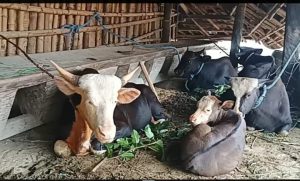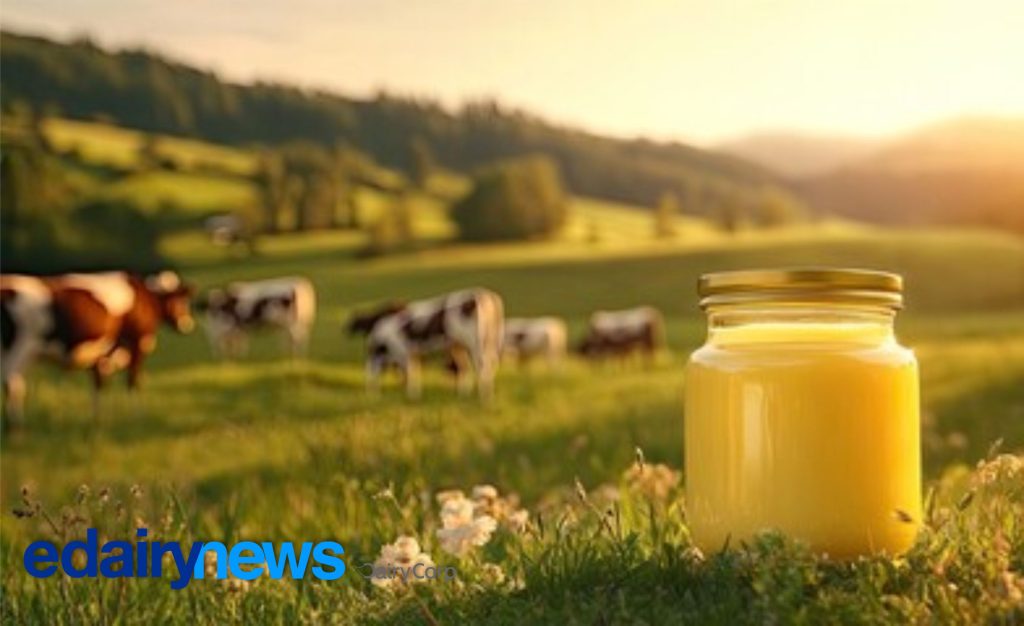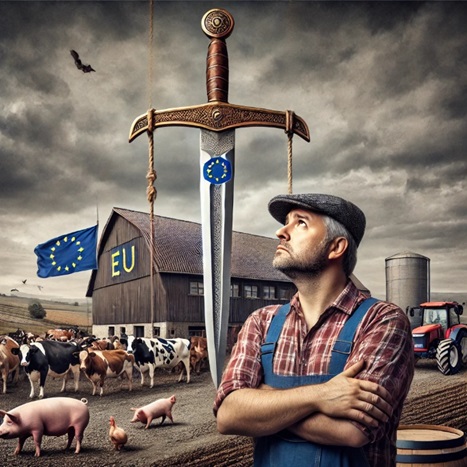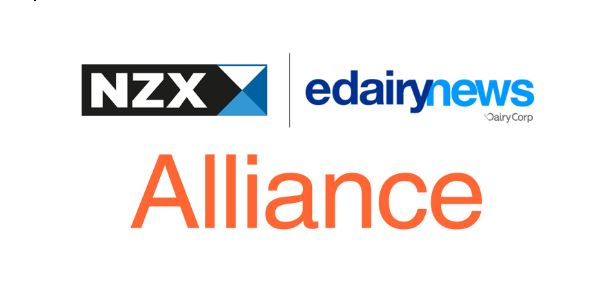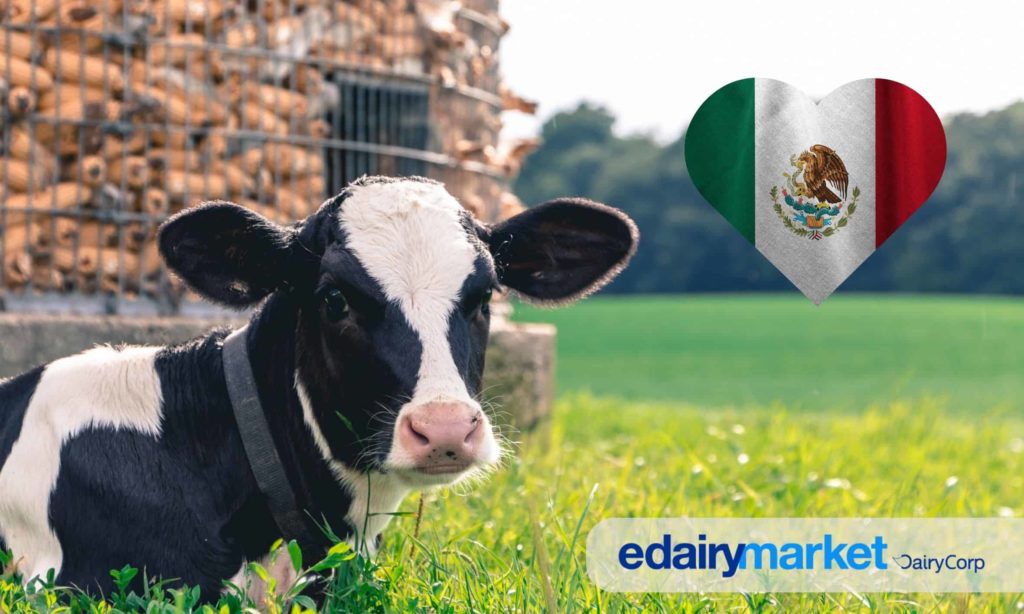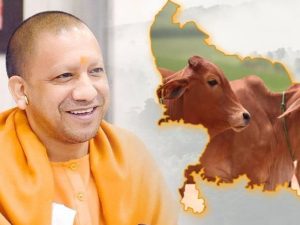
Other milk producers followed suit, as the entire packaged milk market matched Amul’s prices.
Amul hikes milk prices by an average of Rs 500 8 liters in the last 12 months – approximately 12-15% for various categories. The hike is probably to cover the higher cost of transport and other inputs. Understanding the value chain of milk helps to understand why Amul and other milk producers have raised prices.
Milk is a commodity, so demand is relatively less affected by price. Your family’s consumption of milk will not change unless the price changes drastically. If they drop, you’ll use the savings to buy something else. If they increase, you’d rather cut back on your milk consumption than make savings elsewhere.
Since demand doesn’t change easily, prices can fluctuate greatly if there is too little or too much supply. But it is highly unlikely that the demand for milk has changed much in the last one year, and the supply has steadily increased from 198 million tonnes to 210 million tonnes between FY2018 and FY2021. According to anecdotal evidence, production has not dropped in 2022.
India’s per capita milk consumption is about 425 grams per day, which is higher than the global average of 320 grams. About 80 million farmers contribute to the dairy industry and India produces 23% of the world’s milk. But only about a quarter of this is controlled by organized industry.
Milk production in India has increased at a compound annual growth rate of about 6.2% from 146 million tonnes in 2014-15 to 210 million tonnes in 2020-21. India cannot export liquid milk as it does not meet international food quality standards (though India exports some dairy products). Hence export demand has not pushed up the prices.
So if supply and demand haven’t changed much, has milk become more expensive to produce and distribute? General inflation has been really high, and it’s useful to look at some of the inputs specific to milk.
White Revolution was created to provide better nutrition for bovine animals. Traditionally, cattle were fed hay (dry grass) in winter and during the dry season. But when India started producing edible oils in quantity, it gave rise to alternative, more nutritious food sources. Seeds such as flaxseed, sunflower seed, coconut, olive, soy, flax and peanut are pressed to make oil and the residue solidifies into a gooey cake. The cake is rich in nutrients and an excellent feed for livestock. It is ideal for cattle and buffalo feed, but is also fed to other animals such as goats, sheep, pigs and chickens.
The increase in edible oil production was the basis of the White Revolution. Using cake instead of straw increases milk production. However, higher consumption of meat may now increase the demand for cake and it may be diverted to feed other animals.
The Fifth National Family Health Survey (NFHS-5) indicates that more Indians are eating meat, and eating it more often. The survey indicates that this is true across all religions and in all states. Therefore, the demand for cake and shift to other livestock is likely to increase the prices of cake.
Apart from other dairy products, Amul sells over 15 million liters of milk a day. It is the largest player in the organized dairy market. Other cooperatives elsewhere in the country operate on a model similar to Amul’s, though none have built a brand and distribution network with the same reach. Organized market price was 3 trillion in 2022 and is expected to grow rapidly as organized players gain market share.
Around 90% of Amul’s milk is delivered in plastic pouches as it is the cheapest packing solution. Another popular option is the tetrapak, with glass bottles a distant third. Plastics are produced from petrochemicals, and petrochemicals are produced from fossil fuels (usually natural gas). The price of plastic skyrocketed last year after the start of the Ukraine war. Paper costs have also risen due to complex geopolitics, including the Ukraine war and the ongoing trade showdown between the US and China. So all the packaging costs have gone up.
Transportation is another significant expense that has increased for the same reason – higher fuel prices. The processing of milk – pasteurization, removal of fat, etc. – also requires a fair amount of energy. Those costs can add up, too.
Finally, cooperatives need to ensure that their members are making a profit and farmers need to offset general inflation. Due to all this the pressure on milk prices is increasing.
The genius of Verghese Kurien (and the encouragement of Morarji Desai) helped create the Operation Flood model (Manthan is an iconic film that demonstrates this). It is expected that the packaged dairy industry will double its market share in the next five years. This will lead to a rapid expansion in the urban supply of milk, which may lead to a reduction or fall in prices.




